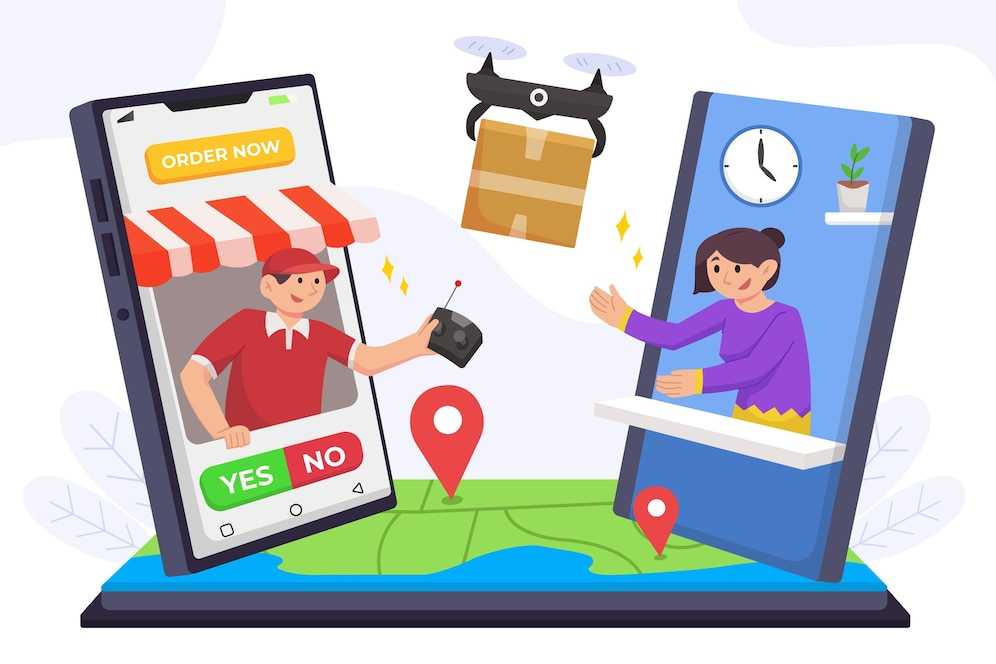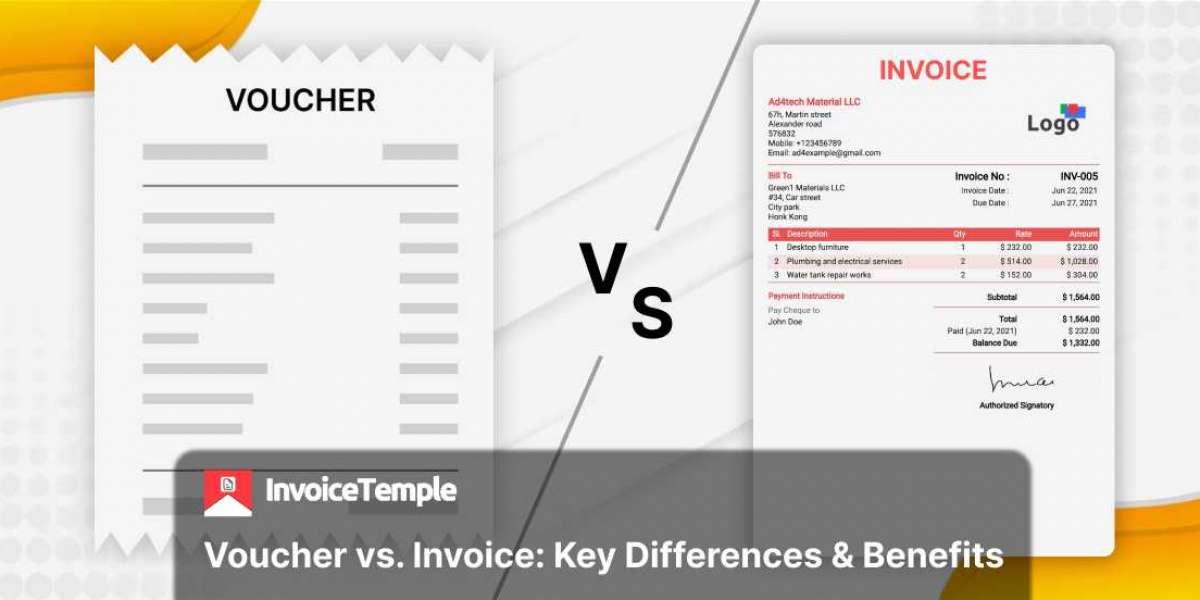E-commerce has revolutionized the way people shop, and companies like Blinkit (formerly known as Grofers) are at the forefront of this transformation. The Blinkit Business Model has captured the market with its unique approach, focusing on quick and reliable delivery services. Understanding the company's strategies can provide valuable insights for businesses and entrepreneurs looking to succeed in the digital marketplace.
This blog will break down Blinkit's business model, highlight its strategies for success, and explore key lessons for aspiring e-commerce players.
What Is Blinkit?
Blinkit is a leading online grocery and essential delivery service based in India. Known for its promise of quick commerce (q-commerce), the company delivers groceries, fresh produce, daily essentials, and more to customers within a short timeframe—often as fast as 10 to 20 minutes.
What sets Blinkit apart is its strong emphasis on speed, convenience, and customer satisfaction.
How Blinkit Works
Customer App Interaction
Users can download the Blinkit app, browse various products, and place orders from their smartphones.
Product Selection
Blinkit offers a vast selection of items, including groceries, fresh fruits, vegetables, dairy, and household essentials.
Payment Options
Customers can choose from multiple payment methods, such as credit/debit cards, UPI, digital wallets, and cash on delivery.
Order Fulfillment
Once an order is placed, Blinkit's system automatically assigns the order to the nearest fulfillment center.
Hyper-Local Delivery Network
Delivery agents pick up the order and ensure its swift delivery, often within minutes.
Key Components of the Blinkit Business Model
Hyper-Local Fulfillment Centers
Blinkit operates through a network of small, strategically located warehouses called dark stores.
- These centers stock essential products.
- Proximity to residential areas ensures quick order fulfillment.
Technology-Driven Operations
The company leverages advanced technology for:
- Real-Time Inventory Management: Ensures product availability.
- Route Optimization: Helps delivery agents find the fastest paths.
- AI and Data Analytics: Predicts demand trends and optimizes stock levels.
Partnering with Local Vendors
Blinkit collaborates with local farmers, suppliers, and vendors to source fresh produce and products.
Efficient Delivery Fleet
A robust delivery network consisting of trained delivery personnel ensures timely and accurate order delivery.
Customer-Centric Approach
Blinkit prioritizes customer satisfaction by offering:
- Quick Resolutions: Prompt handling of complaints.
- Multiple Payment Methods: Seamless checkout experience.
- Personalized Recommendations: AI-driven suggestions based on user preferences.
Strategies Behind Blinkit's Success
Speed as a Competitive Advantage
Blinkit capitalized on the growing demand for instant gratification by offering super-fast deliveries.
Focus on Hyper-Local Markets
By establishing fulfillment centers close to residential areas, Blinkit effectively reduced delivery times and logistics costs.
Data-Driven Decisions
Blinkit uses analytics and AI to track customer behavior, forecast demand, and optimize stock levels.
Product Variety and Availability
The platform offers a diverse range of products to meet the everyday needs of customers.
Seamless User Experience
The app's user-friendly interface and multiple payment options make shopping convenient.
Strong Brand Positioning
Blinkit rebranded itself to highlight its emphasis on speed and modern services, enhancing its market appeal.
Challenges Faced by Blinkit
Intense Competition
The quick commerce market is highly competitive, with players like Zepto, BigBasket, and Swiggy Instamart.
Operational Costs
Maintaining dark stores, delivery personnel, and logistics infrastructure requires significant investment.
Logistics and Traffic Challenges
Ensuring timely deliveries in densely populated cities can be challenging.
Product Perishability
Managing fresh produce and perishable goods requires effective storage and transportation solutions.
Read More: Blinkit Business Model Explained: Revenue Streams and Strategic Insights
How Blinkit Overcomes These Challenges
Smart Logistics Management
The company uses advanced routing algorithms to navigate traffic and ensure timely deliveries.
Optimized Dark Stores
Blinkit carefully selects dark store locations based on demand patterns and population density.
Continuous Innovation
Investing in technology and process improvement helps the company stay ahead of competitors.
Sustainable Practices
Blinkit has taken steps to reduce waste and adopt environmentally friendly practices.
Lessons for Entrepreneurs from Blinkit's Business Model
Focus on Customer Needs
Blinkit's success stems from its commitment to addressing customer demands for speed and convenience.
Leverage Technology
Using AI, analytics, and automation can streamline operations and enhance efficiency.
Build Strong Partnerships
Collaborating with local vendors and suppliers ensures a steady supply of quality products.
Optimize Logistics
Efficient logistics management is crucial for timely deliveries and customer satisfaction.
Prioritize User Experience
A seamless and intuitive user interface encourages repeat business.
Future Trends for Blinkit and E-Commerce
Expansion to New Markets
Blinkit is likely to explore new cities and regions to grow its customer base.
Integration of AI and Machine Learning
Enhanced personalization and predictive analytics will further improve customer experiences.
Sustainable Business Practices
Eco-friendly packaging and waste reduction initiatives will become a priority.
Voice and Conversational Commerce
Voice-activated shopping features may become part of Blinkit's platform.
Top Features of a Successful Blinkit-Like App
Real-Time Inventory Tracking
Keep stock levels updated to avoid order cancellations.
User-Friendly Interface
Ensure a smooth and intuitive browsing experience.
Hyper-Local Delivery Network
Enable fast and efficient deliveries through strategically located fulfillment centers.
Multiple Payment Options
Offer secure and diverse payment methods.
AI-Powered Recommendations
Enhance customer engagement through personalized suggestions.
Why Blinkit's Business Model Matters for E-Commerce
Blinkit has set a benchmark in the e-commerce space by demonstrating the potential of quick commerce. Its focus on speed, technology, and customer satisfaction offers valuable insights for businesses looking to thrive in the digital marketplace.

Conclusion
The Blinkit business model is a testament to the power of innovation and customer-centric strategies in the fast-evolving e-commerce landscape. By leveraging technology, optimizing logistics, and prioritizing user experience, Blinkit has successfully carved a niche in the competitive market.
For entrepreneurs and businesses seeking to replicate this success, investing in an app like the Gojek clone app can be a strategic move. Such multi-service apps provide a platform to offer a wide range of on-demand services, catering to the diverse needs of modern consumers.
As the demand for quick and convenient services continues to rise, adopting innovative solutions inspired by Blinkit's model can pave the way for long-term success.







